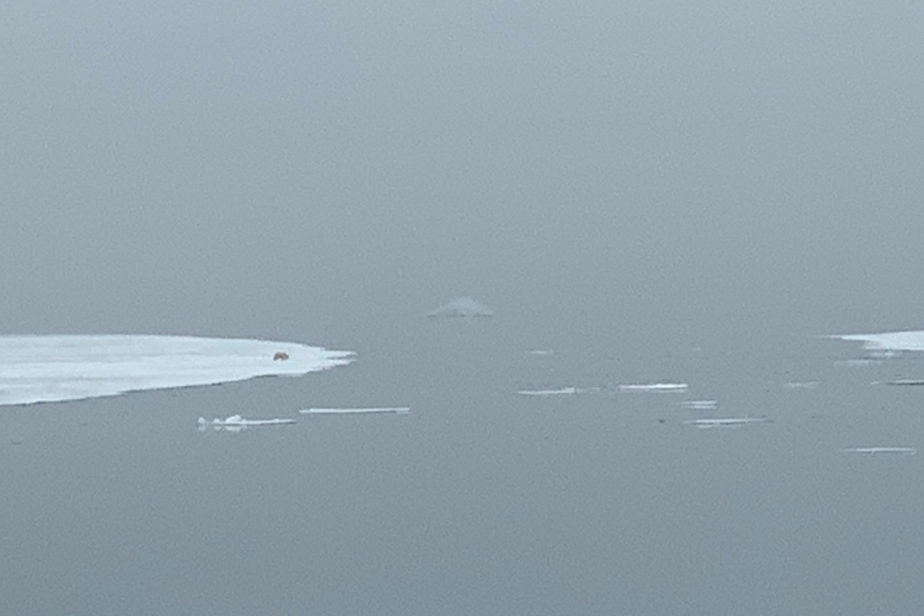Return to Svalbard: Earth's icy food chain is about more than polar bears
It's a beautiful, still arctic morning about 600 miles from the North Pole. I'm one of a few people in this remote and icy expanse.
And at this moment, there is a polar bear right over my shoulder.
The bear is sleeping. I'm in a small, rubber zodiac boat passing by the icy shores of Spitsbergen, which is part of the Svalbard archipelago located in the northern stretches of Norway. This is one of my favorite places on Earth.
A friend once told me that “if you sliced off the Swiss alps, dropped them in the Arctic Ocean, and sprinkled polar bears on them — you’d have Svalbard.” This sleeping bear that I've been following is just one of those bears sprinkled here, amid a delicate food chain that supports this massive carnivore.
This ecosystem is a real house of cards. Its health and structure all depends on one crucial item: frozen water.
Sponsored
But when discussing how this ice is retreating by the mile, the media will often show a single polar bear, like this one, walking by (or in my case, napping). It may give an impression that only this polar bear is threatened, but it's really a whole ecosystem.
While this cold island chain may seem like a world away from most, what happens in this place affects the entire planet, even the food chain we are all a part of. The polar bear is just the tip of the iceberg.

THE WILD is a production of KUOW in Seattle in partnership with Chris Morgan and The UPROAR Fund. It is produced by Matt Martin and edited by Jim Gates. It is hosted, produced and written by Chris Morgan. Fact checking by Apryle Craig. Our theme music is by Michael Parker.
Follow us on Instagram (@thewildpod) for more adventures and behind the scenes action!





